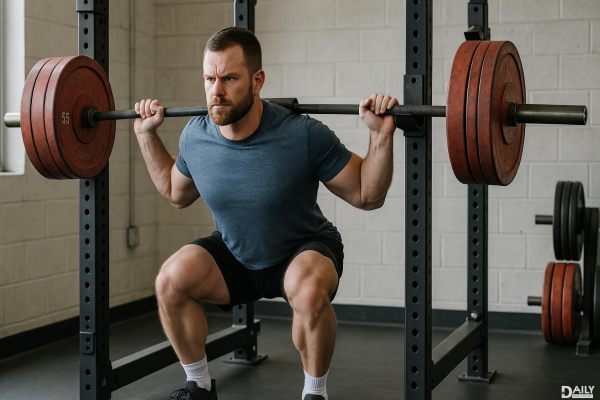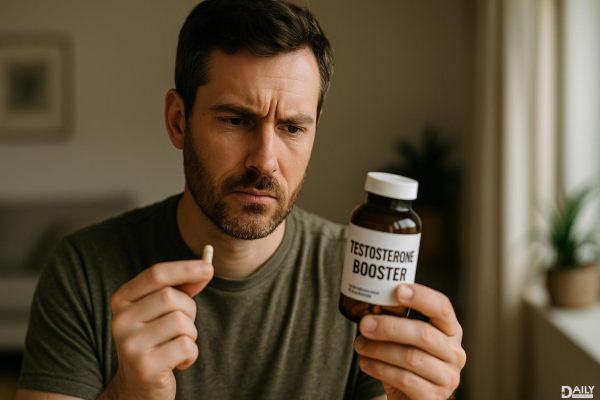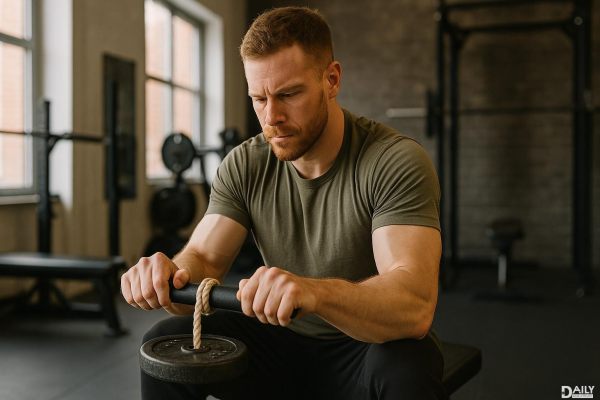Figuring out how much protein you actually need isn’t as complicated as some fitness gurus make it seem. No, you don’t need to chug six protein shakes a day or eat an entire chicken in one sitting (unless you really want to). The truth is, your protein needs depend on a few key factors—your weight, activity level, and goals—and once you know the basics, it’s easy to dial in the right amount.

Why Protein Matters (More Than You Think)
Protein isn’t just for bodybuilders. It’s the building block for muscles, sure, but it also keeps your hair shiny, your nails strong, and your immune system running smoothly. Plus, it helps keep you full longer, which is a win if you’re trying to avoid that 3 PM snack attack.
The Simple Protein Math
For most people, the magic number is 0.8 grams of protein per pound of body weight if you’re moderately active. But let’s break it down further:
So, if you weigh 150 pounds and work out regularly, you’d aim for around 120 grams of protein per day. Easy, right?
When More Isn’t Always Better
There’s a myth that loading up on protein automatically equals bigger muscles. But your body can only use so much at once—anything extra either gets stored as fat or, well, flushed out (hello, expensive pee). Spreading your intake throughout the day is way more effective than cramming it all into one meal.
Protein Beyond the Shaker Bottle
You don’t have to rely on powders to hit your numbers. Real food works just fine—and tastes better. Some top picks:
Even veggies like broccoli and spinach pack a small protein punch. Who knew?
Timing Matters (But Not as Much as You Think)
The "anabolic window" isn’t as strict as some trainers claim. Yes, eating protein after a workout helps recovery, but you don’t need to slam a shake the second you drop the dumbbells. Just aim to get some protein within a couple of hours post-workout, and you’re golden.
Signs You’re Not Getting Enough
If you’re constantly tired, losing muscle despite working out, or always hungry, you might be skimping on protein. Other red flags include slow recovery from workouts and brittle hair/nails.
The Bottom Line
Protein isn’t one-size-fits-all, but the math is simple once you know your numbers. Focus on whole foods, spread your intake throughout the day, and adjust based on how you feel. And remember—unless you’re training like an Olympian, you probably don’t need that third chicken breast. Your stomach (and your wallet) will thank you.
























